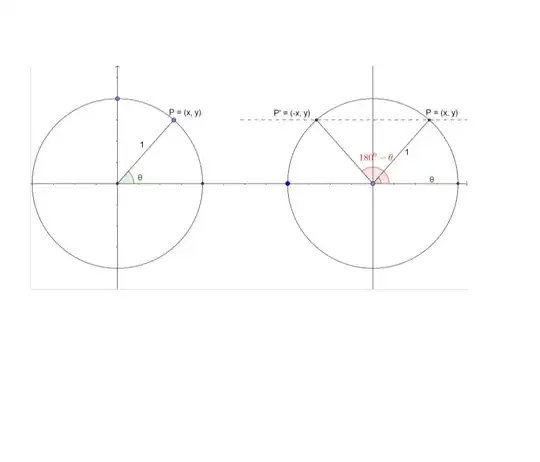Find all the angles between $0$ and $360^\circ$ that satisfy $$3\sin^2 x - \cos^2 x - 2 =0$$
My attempt -
$3\sin^2 x - (1-\sin^2x) - 2 =0$
$ 3 \sin^2 x + \sin^2 x = 3 $
$4\sin^2 x = 3 $
$ \sin x= \frac{\sqrt{3}}{2} $
I found that $x= 60,120 $
Why is the answer for this $60,120,240,300$ ? How do I find 240 and 300?
